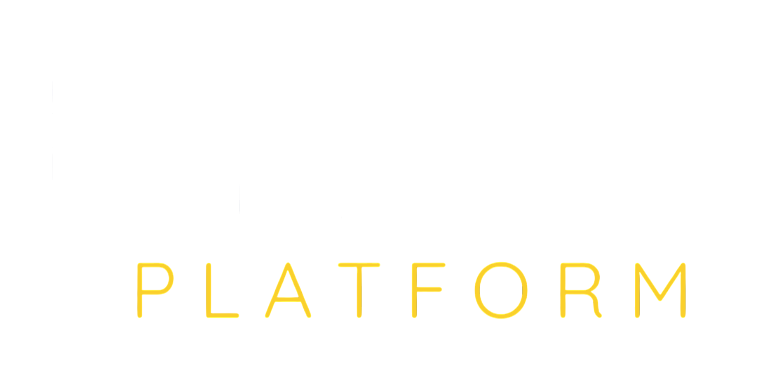
How to Measure the ROI of Your Digital Marketing Efforts in the US
7/8/2025
Every business investing in digital marketing asks the same essential question: Is this actually working? Measuring the return on investment (ROI) is the most reliable way to answer that. Yet, many companies struggle to connect their marketing spend with real, measurable outcomes.
In this guide, you'll learn how to measure digital marketing ROI using practical methods that apply across channels whether you're running paid campaigns, content strategies, email automation, or SEO.
What Is Digital Marketing ROI?
Digital marketing ROI is the ratio between the net profit generated from your digital campaigns and the cost of those campaigns. In its simplest form, it's calculated as:
ROI = (Revenue – Marketing Costs) ÷ Marketing Costs × 100
But this formula becomes more complex and more meaningful when you account for multi-channel touchpoints, long sales cycles, and brand-building efforts.
Measuring ROI helps you: Justify marketing budgets
Improve strategy by identifying what works
Reduce wasted ad spend
Demonstrate value to stakeholders
Start by Defining Clear Goals and KPIs
Before you can measure ROI, you need to know what you're trying to achieve. Common digital marketing goals include: Lead generation
Website traffic growth
Ecommerce sales
App downloads
Customer retention
Each goal should be paired with specific KPIs such as: Cost per lead (CPL)
Conversion rate
Customer acquisition cost (CAC)
Lifetime value (LTV)
Return on ad spend (ROAS)
Without defined goals, ROI tracking becomes vague and unreliable.
Assign Value to Conversions
Not all conversions are equal. Assign a dollar value to each type of conversion based on historical data or estimated customer value. For example:
If a lead has a 10% chance of converting and your average sale is $500, then a lead is worth $50.
If a download leads to a $30 subscription 20% of the time, the average value is $6 per download.
This helps you compare revenue across different channels with varying conversion paths.
Track Performance by Channel
Different channels have different costs and attribution windows. Track ROI separately for: Paid Ads (Google Ads, Meta Ads): Measure impressions, clicks, conversions, and ROAS.
SEO: Track organic traffic growth, conversion paths, and long-term lead value.
Email Marketing: Measure open rates, click-through rates, and revenue per campaign.
Social Media: Monitor engagement, traffic, and campaign-driven sales.
Use platform-specific analytics (Google Analytics, HubSpot, Meta Business Suite, etc.) to understand what's performing and what's not.
Use Attribution Models to Understand Contribution
A single sale is often influenced by multiple touchpoints: an ad click, a blog read, an email, and a retargeted offer. Attribution models help determine how much credit each touchpoint deserves.
Common models include: Last-click: Full credit goes to the final interaction
First-click: Credit goes to the first interaction
Linear: Equal credit to all touchpoints
Time decay: More credit to recent interactions
Choosing the right model helps you understand what truly drives conversions.
Incorporate Lifetime Value (LTV)
Measuring short-term revenue doesn't give the full picture. Some marketing efforts bring in customers who stay longer and spend more. LTV helps account for this long-term value, especially in subscription or service-based businesses.
To calculate more accurate ROI: ROI = (LTV – CAC) ÷ CAC × 100
This shows you how much profit you're making per customer over their full lifecycle.
Don't Ignore Intangible Returns
Some aspects of digital marketing like brand awareness, improved reputation, or higher customer loyalty don't show immediate ROI but play a vital role in long-term growth.
Track indirect indicators such as: Social media growth
Organic brand searches
Increased direct traffic
Engagement metrics (time on site, bounce rate)
These can signal success even when direct revenue is still growing.
Final Thoughts
Learning how to measure digital marketing ROI is essential for making informed decisions, optimizing spend, and proving the impact of your strategy. It's not about tracking every click it's about connecting your marketing activities to actual business results.
By aligning your goals, assigning value to outcomes, and using the right tools and attribution models, you'll gain the clarity needed to scale with confidence.
Make Your Marketing Count with Bytes Platform
At Bytes Platform, we help businesses not only execute digital campaigns but measure and optimize them for meaningful results. Whether you're running ads, SEO, or email automation, we build data-backed strategies that prove their value. Let's measure what matters get in touch today.
Related Articles

6 Predictions for the Future of AI Search in 2026
6 Predictions for the Future of AI Search in 2026

Cloud Storage vs Local Storage Security: Which Is Safer for Your Data
Cloud Storage vs Local Storage Security: Which Is Safer for Your Data

Building Effective Marketing Strategies
Building Effective Marketing Strategies

